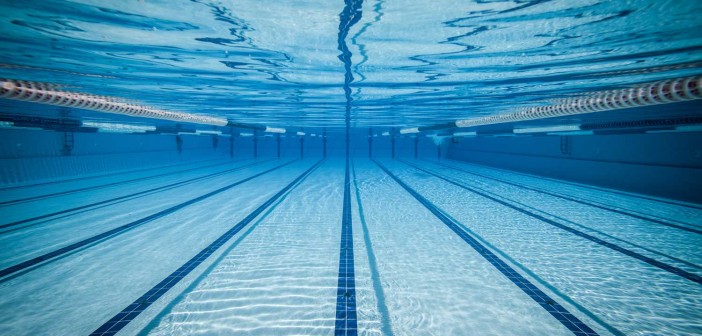When school lets out, the temperatures start rising, and the days get longer, families often find themselves at their local pool or on a vacation near a lake or ocean. Through swim lessons, children not only learn the proper way to do the swimming strokes; they also learn simple ways to help themselves if they get fatigued or in distress. As drowning is the second leading cause of childhood death, swim lessons could save your child’s life.
Children of any age–from infants to teenagers–can benefit from lessons that expose them to water safety education and swimming technique. Very young infants (6-12 months old) can be taught simple jumps and breath-holding exercises. Older children can practice their stroke technique, breathing longevity, and strength during their swim lessons. Placing children in swim classes ensures that they will have a lifetime of safe, rewarding time in the pool, ocean, and lake.
Swimming Lessons: New Swimmers
According to Swimtastic Swim School, “for a child who has little to no exposure to the water, the key is to approach the water slowly and deliberately. While some children are happy to jump in the water without any swimming ability–much to their parents’ horror–others are tentative to even submerge their entire feet.”
New swimmers should learn basics first. Jumping into the arms of a capable adult when prompted is a good place to start. This should be followed by learning how to blow bubbles, how to float, how to roll from front to back while in the water, how to kick, and how to get to the safety of the wall. This last lesson usually involves the child swimming in whatever manner he or she can as it is a lifesaving technique and nothing more.
Once children have mastered these simple techniques, they will have enough confidence to begin learning more refined ways of swimming. If they choose not to go forward with their swimming lessons, children who know these basic swim technique can, at minimum, get themselves to safety if they find that they are fatigued or in deep water.
Swimming Lessons: Advanced Swimmers
When a child is comfortable with submerging his or her face, floating, and kicking, he or she may be ready to learn standard strokes including the front or forward crawl, breaststroke, backstroke, and butterfly. These require more coordination but allow your child to swim through the water more quickly and efficiently.
At this time in your child’s swimming career, he or she may be interested in joining a local swim team in order to practice these new found skills.
How to Find a Swim Instructor
Many municipal and community pools offer scheduled swim classes for all ages–including adults and seniors. These classes generally have a larger ratio between the teacher and the swim students, and the instructors must hold a WSI (Water Safety Instructor) certification. For infants, a 1:1 or 2:1 ratio is crucial as the children are completely helpless in the water. For older new swimmers, a ratio of 3:1 or 4:1 is best. If you’re interested in private classes, these teachers may also schedule a one-on-one lesson for an increased fee.
Neighborhood pools often have flyers advertising swim lessons. While your child can find an excellent teacher this way, make sure that the instructor holds a WSI certificate before you hire him or her. This certification indicates that the teacher has completed the Red Cross course and is knowledgeable in swimming techniques.
Additionally, some communities have privately held swimming schools; these school only offer swimming instruction year-round. Many of these schools have covered, heated pools so that classes can take place at any time, and they offer classes for children of all ages.
No matter the source of the instructor, make sure that he or she has experience in teaching children to swim and has plenty of patience.




